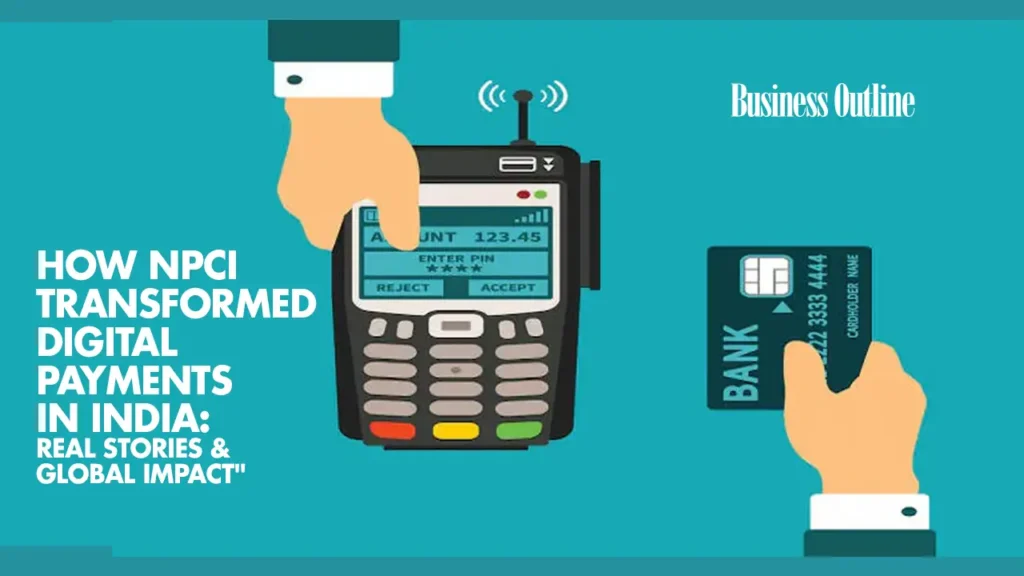I remember my mother used to take me to banks when she had to send money back home to her parents. I used to stand in a long queue while she used to fill up the form. The queue moved slowly and everyone looked at the clock as it moved an inch closer to the lunch break. Back then the cashier carried a touch of attitude. If he rejects an incomplete form, you must go back to the end of the queue, ask for help and be embarrassed by the glaring eyes of the bystanders.
Today, thanks to the National Payments Corporation of India (NPCI), you can do it in seconds using just a mobile phone — even in a remote village. NPCI has not only made payments easier but has changed the way people live, work, and do business in India.
Real Stories, Real Change
Consider Ramesh, a street vendor you might find in any Indian city. Until recently, all his sales were in cash. If a customer didn’t have cash, they would promise to pay later and take the goods on credit. Ramesh kept mental notes of who owed him money, but by the end of a long day, many of those details were forgotten or lost. Some customers simply walked away because he couldn’t provide exact change. After sunset, working with cash became even riskier — the fear of theft or snatching was always on his mind.
Now, with a simple QR code stuck to his cart, Ramesh receives money directly into his bank account through UPI. “Even school children pay me using Google Pay,” he says. “I never thought I would take digital payments.”
In a village in Maharashtra, Sunita, a small dairy farmer, receives government subsidies and payments through the Aadhaar Enabled Payment System (AePS). She doesn’t own a smartphone, but she uses her thumbprint at a nearby kiosk to access her money. “Earlier, I had to take a day off and travel far to collect cash. Now, it takes 5 minutes,” she explains.
Cash Then, UPI Now: A Big Difference
Earlier, paying in cash meant physical effort — going to ATMs, counting notes, worrying about fake currency, or losing money. It also left no proof of payment. If something went wrong, it was hard to fix. With UPI, all transactions are instant, recorded, and come with a clear message — “Successful.”
Business owners had to wait for payments and carry cash to banks. Now, money moves in real time. With UPI, even a street vendor can build a digital payment history, which helps them get loans and grow their business.
What the World Thinks
If there’s one thing India outsmarts the world it is this. The world is trying to adapt India’s model. The world forum has praised NPCI’s model. The International Monetary Fund (IMF) and World Bank have called India a global leader in digital public infrastructure. In fact, countries like France, Singapore, UAE, and Sri Lanka have already partnered with India to adopt or connect with UPI-like systems.
The United States Federal Reserve has studied NPCI’s work while designing its own real-time payment system. Bill Gates once said, “India is the most exciting country in the world for digital payments,” pointing directly to UPI and NPCI’s impact.
More Than Technology — It’s Trust
NPCI besides offering fast payments has given people the confidence that their money is safe. Credit to the government of India in bringing about the revolution through advertising in between cricket matches, a message before a phone call gets connected, hoardings across stations, airports and occasional pop-up messages.
It gives people confidence. Confidence that their money is safe, that help is nearby, and that they are included in the country’s economic progress.
NPCI may not be a household name, but it is the backbone of India’s journey from a cash-based society to a world leader in digital payments.
Read more: Top Business Magazine


